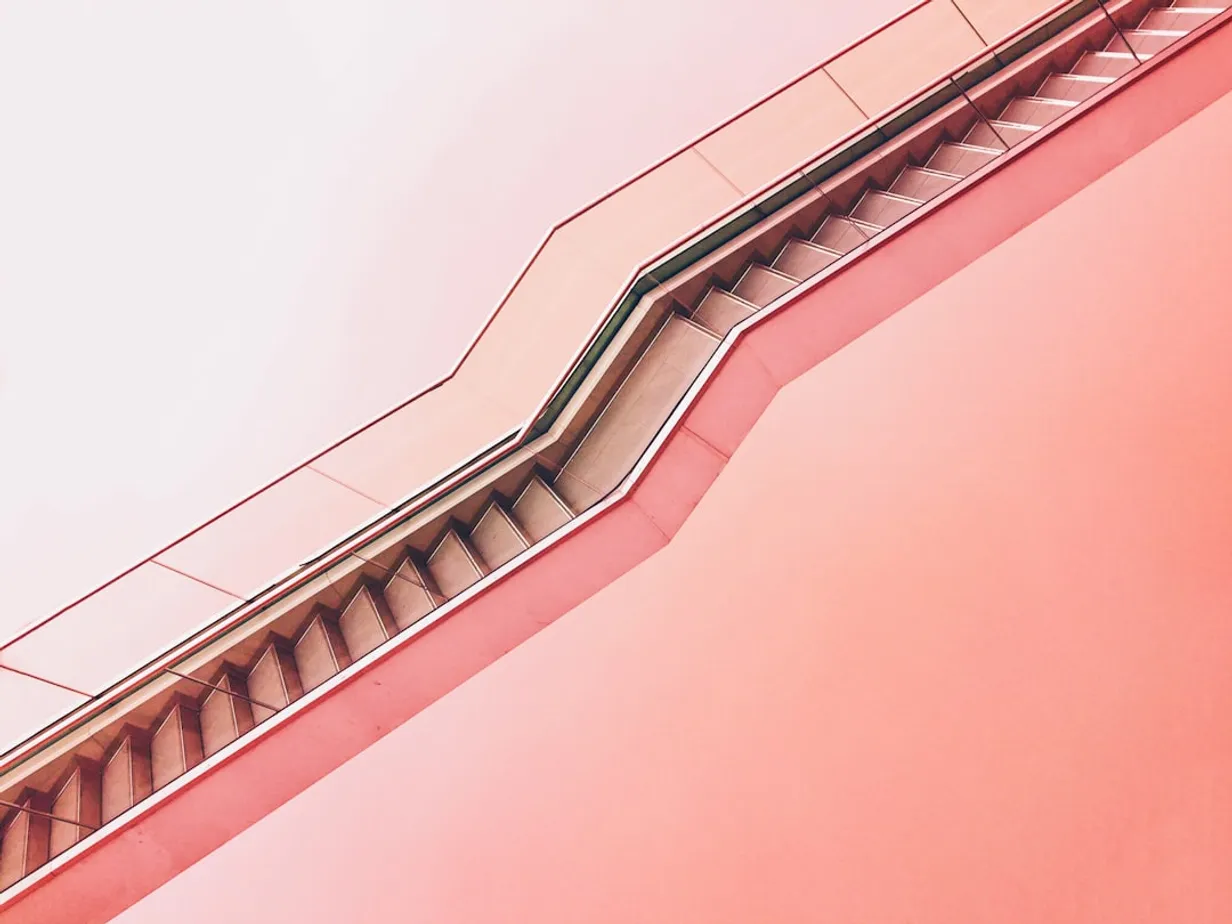The Influence of Asian Minimalism on Warehouse Interior Design

Asian minimalism, known for its clean lines, calm aesthetics, and efficient use of space, is making waves in the world of warehouse interior design. This design philosophy, originating from cultures like Japanese Zen and Korean simplicity, emphasizes harmony, balance, and tranquility—key elements that can transform vast warehouse spaces into serene, productive environments.
The Core Principles of Asian Minimalism
At the heart of Asian minimalism is the concept of ‘less is more.’ This principle focuses on reducing clutter, using natural materials, and creating an environment that promotes peace and functionality. In warehouse design, this means opting for straightforward design elements, neutral color palettes, and open spaces.
Neutral Color Palettes
Asian minimalism frequently employs neutral and muted color schemes. Colors like whites, grays, and beiges dominate this style, promoting a clean and airy atmosphere. These colors can make large warehouse spaces feel more open and inviting.
Natural Materials
Wood, bamboo, and stone are common materials in Asian minimalist design. Incorporating these elements into warehouse interiors not only adds texture and warmth but also ties the space to nature, fostering a more grounded and relaxed environment.
Efficient Use of Space
With warehouses often requiring extensive spatial planning, the efficient use of space in Asian minimalism is a perfect match. This design approach encourages the strategic placement of furniture and storage solutions that maximize functionality without overwhelming the space.
Multi-Functional Furniture
Furniture that serves multiple purposes is a critical feature of Asian minimalism. For example, low-profile storage units that double as seating or tables can help keep warehouse spaces organized while providing additional functionality.
Open Spaces
Open floor plans are a staple of this design philosophy, emphasizing the importance of unrestricted movement and flow. This can be particularly beneficial in warehouses, where navigating large spaces efficiently is crucial.
Calm and Tranquil Environments
Asian minimalism aims to create a serene environment, which can significantly boost productivity and well-being in a warehouse setting. Elements like indoor plants, water features, and subtle lighting can contribute to a calming atmosphere.
Indoor Plants
Integrating indoor plants into warehouse design not only enhances air quality but also brings a touch of nature indoors, creating a more zen-like environment.
Water Features and Lighting
Water features, such as small fountains, and the use of soft, natural lighting can significantly impact the ambiance of a warehouse space. These elements contribute to a tranquil environment that can help reduce stress and improve focus.
By integrating the principles of Asian minimalism into warehouse interior design, it’s possible to transform typically large, industrial spaces into serene, efficient, and harmonious environments. This approach not only supports productivity but also enhances overall well-being, making it an excellent choice for contemporary warehouse transformations.
Popular Warehouse Design Articles
Discover our most popular articles on warehouse interior design, providing top insights and solutions.

Finding the Best Sydney Artificial Plants for Your Home Decor

Ergonomic Furniture Solutions for Modern Warehouses

The Role of Technology in Modern Warehouse Design
